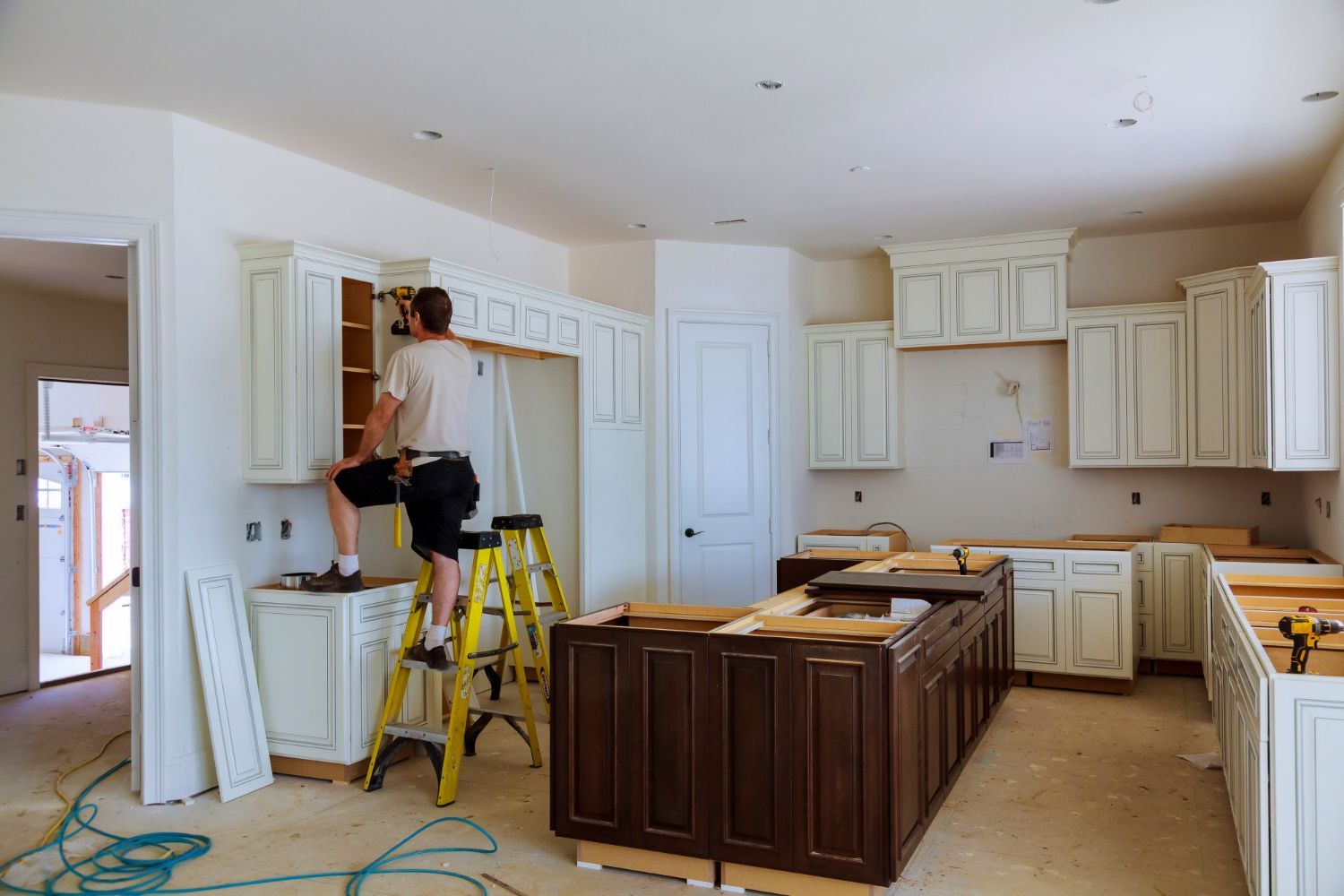GIRLS JUST WANNA HAVE FUNDS
9 tips to help you achieve your savings goal
Tip #1: Work out what your goal is:
You need to determine what your end goal is, whether it be that you are looking to purchase a first home or your next property. Work out what end figure needs to be in your savings account and put it in writing.
Tip #2: Make an honest and realistic budget
Go through your everyday living expenses and work out where it is that you can cut back on unnecessary expenses. Things such as making your lunch each day instead of buying it, cutting out those subscriptions like Foxtel or Netflix, and stopping yourself from buying that new pair of shoes. This will help greatly in accelerating your savings goal.
Tip#3: Open a separate high interest savings account
Opening up a new high interest savings account, like an ING Savings Maximiser, will help earn you extra interest on top of your savings. Having this account separate to your everyday account will keep your savings away from your spending money.
Tip #4: Make your savings automatic
Set up an automatic EFT or direct debit from your everyday account on pay day to your savings account. This will make your savings a priority. When your wage hits your account, you won’t even notice that the budgeted money has been filtered into your savings account, which will help you reach your goal quicker.
Tip #5: Know where your money goes
Print out your everyday account statements for the last 90 days and use a highlighter pen to go through them thoroughly. This will help you determine where your money is being spent, how much your living expenses are and put both into perspective for you. This will also help you draft a budget.
Tip #6: Consolidate your credit card debt
Consolidate all of your credit card debt into one personal loan to help bring your repayment down into one understandable figure.
Tip #7: Cancel unnecessary credit cards
If you have any credit cards where the balance is $0, cancel them! This is going to remove temptation and stop you from spending money where it isn’t needed. This will also help ramp up your borrowing power when it comes to purchasing a property and applying for a mortgage.
Tip #8: Treat yourself at each milestone
When you create your initial goal and savings plan, be sure to set yourself some milestones. When you reach a milestone, treat yourself. It’s positive reinforcement for a job well done.
Tip #9: Be accountable
We suggest that you have a six-week follow-up with a professional, family member or friend who is helping you on your saving journey.
If you would like to speak to one of our mortgage brokers in regard to helping you arrange a budget and savings plan, please call us today on (03) 8657 8664.
Good luck and happy saving!



Our Services
Quick Links
FOR FURTHER INFORMATION PLEASE CONTACT OUR OFFICE
Call us on
(03) 8657 8664
8:30am to 5:00pm, Monday to Friday
Public Holidays: Closed
Ezmeralda Finance Pty Ltd trading as Future Finance Group (Credit Representative Number: 478781) under BLSSA Pty Ltd (Australian Credit License Number: 391237)
Corporate Credit Representative – Ezmeralda Finance Pty Ltd – (ACN 606649334) Credit Representative Number 478781
Future Finance Group is rated 5.0 stars by 239 customers and Facebook Reviews - 326 reviews | All content copyright Future Finance Group 2015 | Terms & Condition | Privacy Policy | Credit Guide | Website by Octopus Digital
